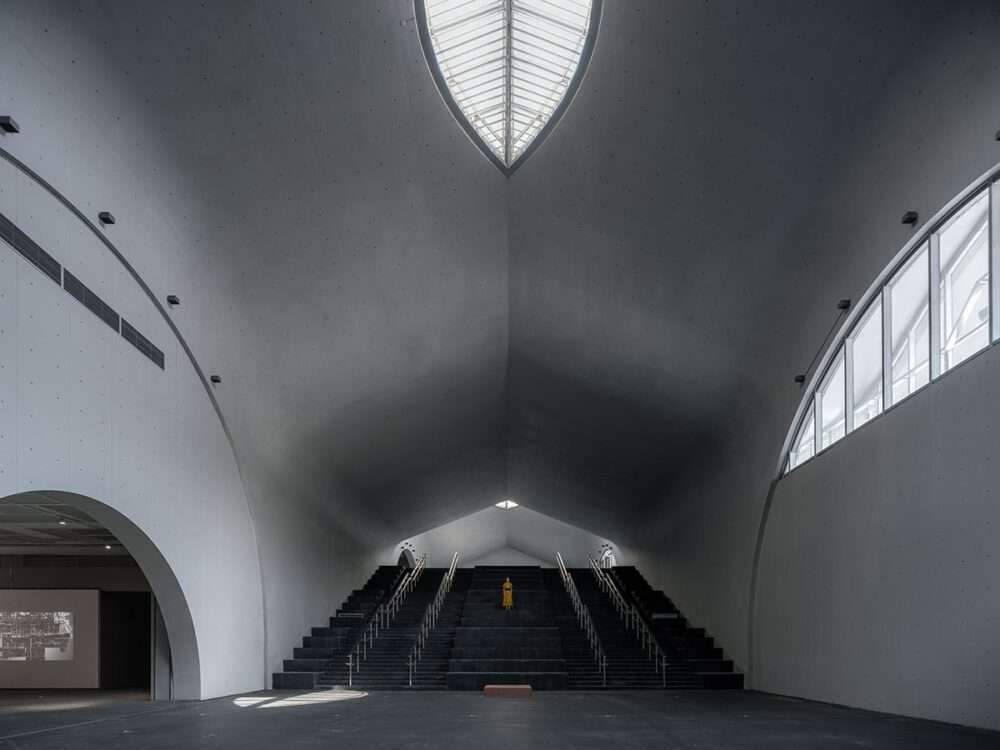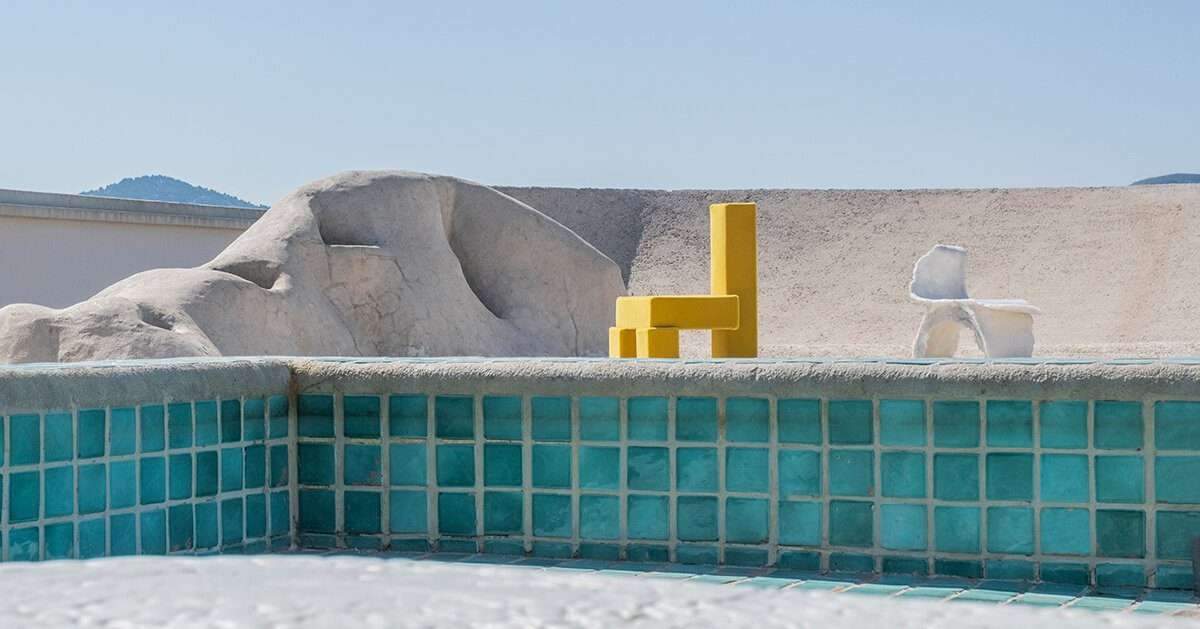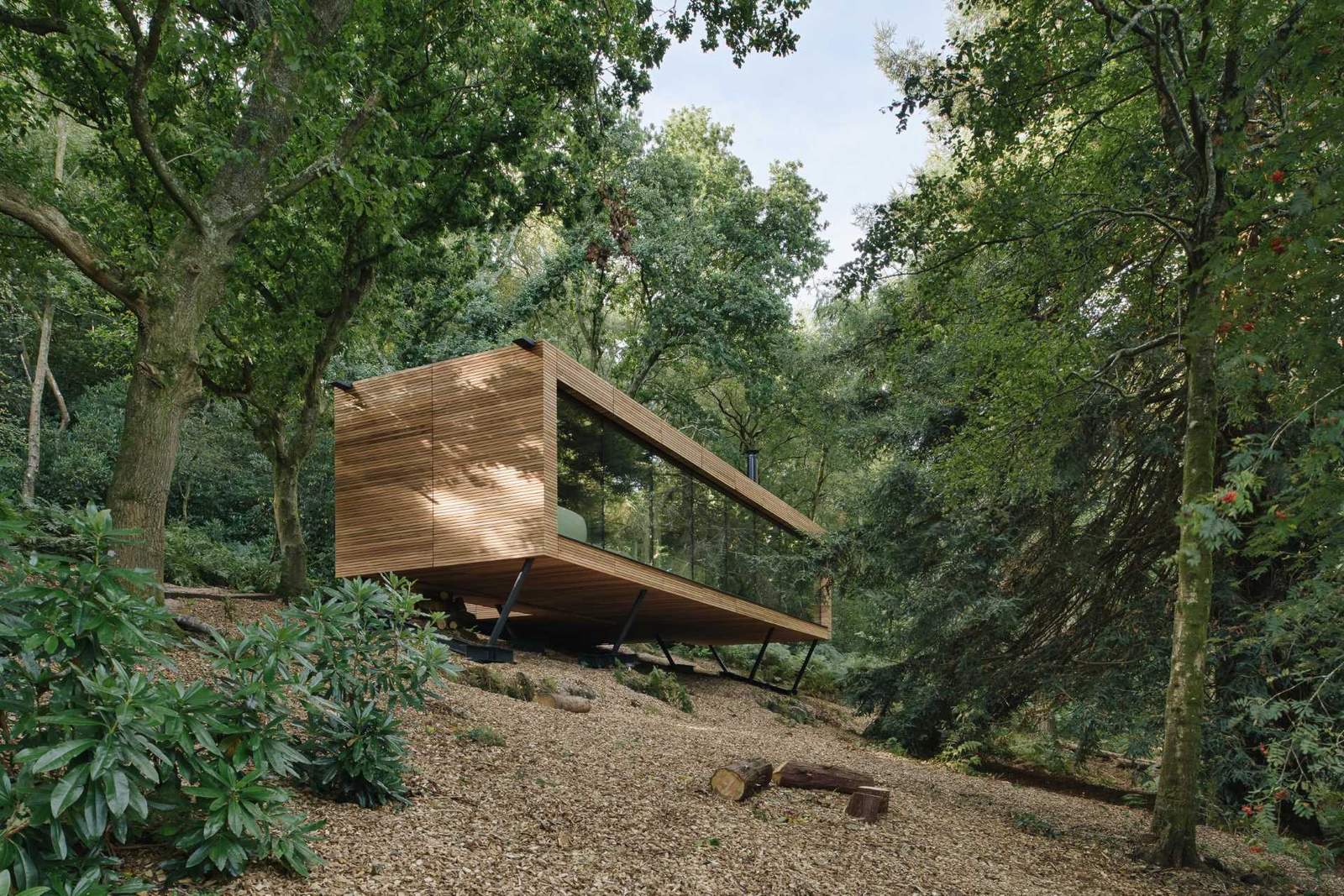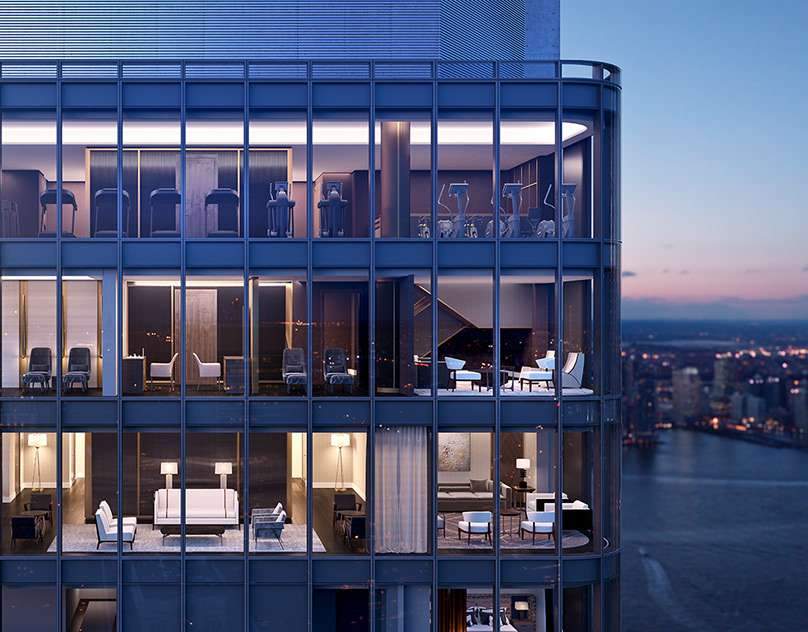Introduction
The restoration of Santa Maria di Loreto Church, one of the Renaissance architectural treasures in Rome, has been successfully completed after 18 months of intensive efforts. The project was carried out by Webuild and Vianini Lavori as part of the construction of Venezia station for Rome’s Metro Line C, within a campaign aimed at preserving the historical monuments of Piazza Venezia.
History and Design of the Church
Santa Maria di Loreto Church is a remarkable architectural landmark from the 16th century, built in phases between 1507 and 1594 as part of the Loreto Church restoration programme. The church was commissioned by Rome’s Bakers’ Guild, known as Pio Sodalizio dei Fornai, and its design was influenced by some of the most prominent Renaissance architects, including:
- Donato Bramante
- Antonio da Sangallo the Younger
- Jacopo Del Duca (a student of Michelangelo)
The church features a square base topped by an octagonal middle structure, culminating in a majestic dome, constructed with brick and travertine stone.

Engineering and Artistic Restoration Details
The restoration work focused on strengthening the architectural structure and restoring artistic decorations as part of the Loreto Church restoration, to preserve the historical beauty of the church. The main interventions included:
1. Structural Reinforcement
- Installation of 32 steel reinforcement chains to support the floors, drum, and dome.
- Deployment of 80 sensors to monitor structural stability.
- Use of natural mortars to repair cracks, ensuring material consistency with the original structure.
2. Restoration of Artistic Elements and Frescoes
- Restoration of 734 square meters of frescoes and mosaics inside the church was integral to the Loreto Church restoration efforts.
- Renovation of the dome, presbytery, and sacristy to bring back their historic charm.
- Restoration of the crypt to revive its ancient frescoes and highlight intricate artistic details.
“The restoration efforts went beyond structural repairs, breathing new life into one of Rome’s most important historical churches by preserving its artistic and decorative details.”
Significance and Impact of the Project
This project was not just about restoring a historic building; it was part of a broader strategy to preserve the identity of Piazza Venezia, a site rich in cultural and historical significance. The combination of modern technology and traditional craftsmanship in the Loreto Church restoration process reflects Rome’s commitment to safeguarding its unique architectural heritage.

Project Summary Table
| Element | Details |
|---|---|
| Church Name | Santa Maria di Loreto Church |
| Location | Rome, Piazza Venezia |
| Construction Period | 1507 – 1594 |
| Restoration Supervisors | Webuild and Vianini Lavori |
| Restoration Duration | 18 months |
| Main Restoration Works | Structural reinforcement, fresco restoration, crypt enhancement as part of the Loreto Church restoration project. |
| Number of Installed Sensors | 80 |
| Number of Added Steel Chains | 32 |
| Restored Fresco Area | 734 square meters |
Conclusion
The restoration of Santa Maria di Loreto Church marks a significant step in preserving Italy’s cultural heritage and reviving Renaissance-era landmarks through the Loreto Church restoration. This project highlights the importance of using advanced techniques to protect historical sites while maintaining their original authenticity, ensuring that this architectural treasure remains a testament to Rome’s rich history for future generations.







